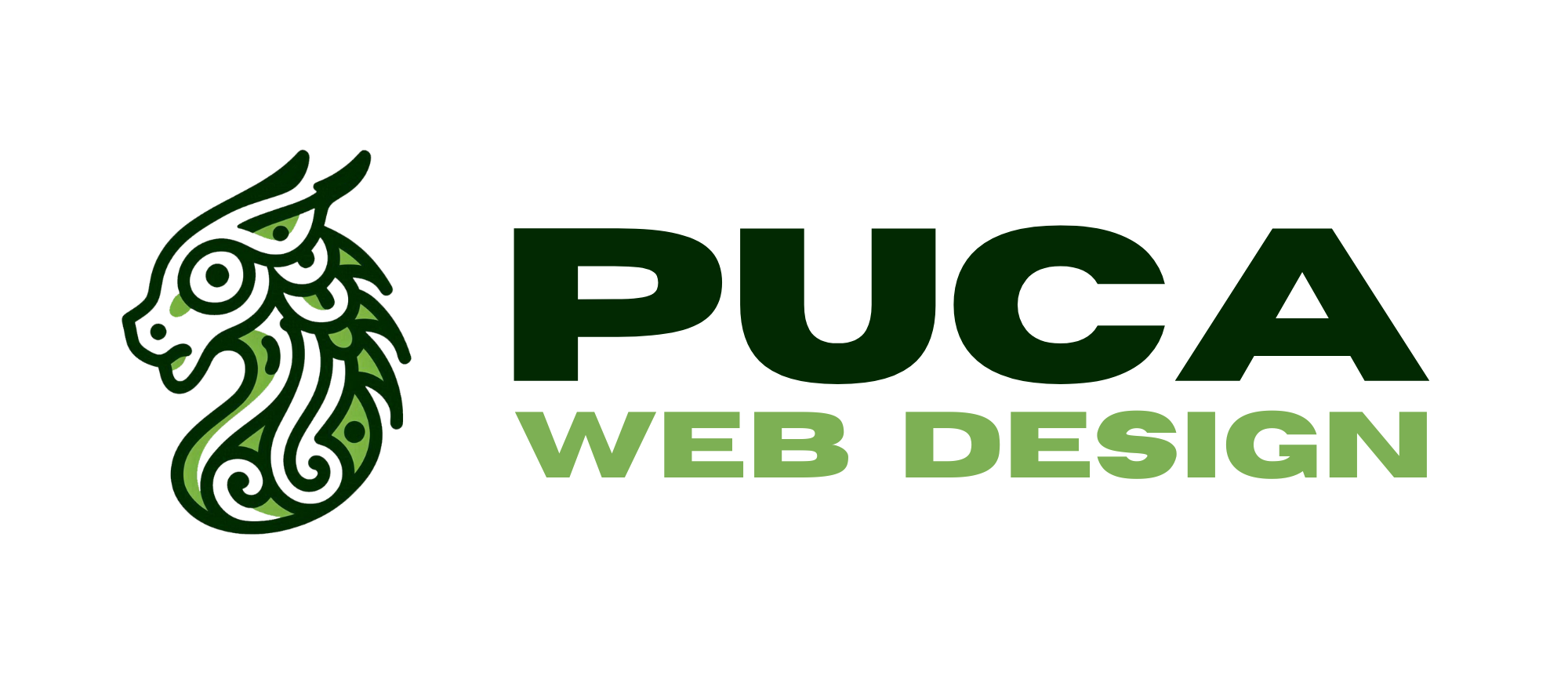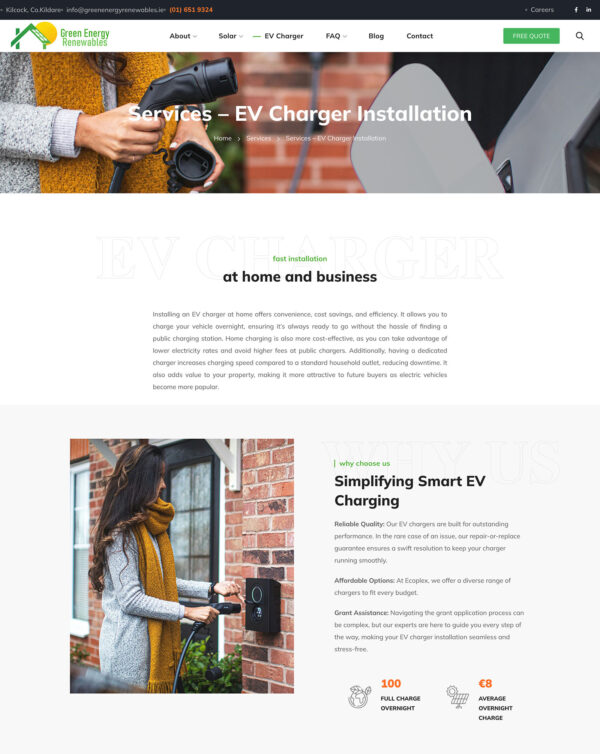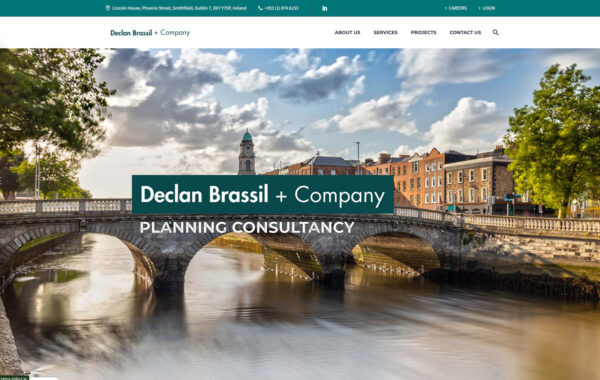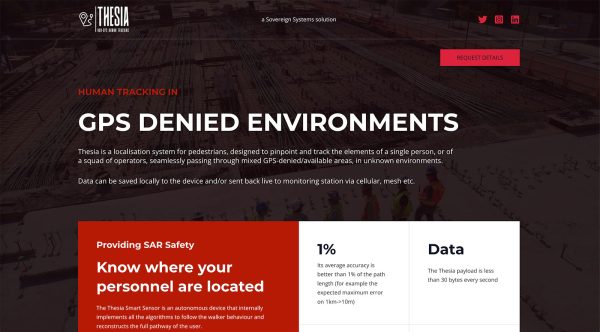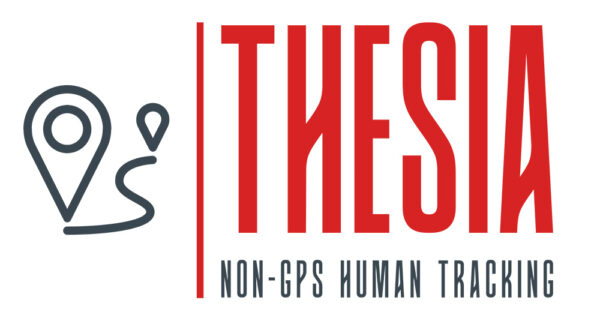Here's how web design can influence both your brand perception and trustworthiness:
First Impressions Matter
- A modern, clean, and professional design immediately tells users you’re credible.
- Cluttered, outdated, or slow websites create distrust and make users bounce.
- People typically form an opinion within 0.05 seconds of landing on a site.
Visual Identity & Brand Consistency
- Your website should reflect your brand colours, typography, voice, and values.
- Consistency across pages (and with your other platforms like social media) reinforces your identity.
- A strong, unique design makes your brand more recognisable and memorable.
User Experience (UX)
- Easy navigation, fast loading, and mobile responsiveness show that you value your customer’s time.
- If users struggle to find info or your site feels clunky, it damages trust and drives them away.
- Clear call-to-actions (CTAs) help guide users and improve conversions.
Security Signals
- Visible HTTPS (SSL), trust badges, and privacy policies reassure visitors that their data is safe.
- Especially important for ecommerce or lead generation sites.
- Design elements like professional form layouts also help reduce friction and skepticism.
Content Presentation
- Good design makes your content easy to read and digest (hierarchy, white space, readable fonts).
- Well-presented testimonials, reviews, and case studies can boost trust.
- High-quality images and videos signal professionalism and effort.
Emotional Connection
- Thoughtful design can create a feeling—whether it’s luxury, innovation, friendliness, etc.
- A design that aligns with your brand’s values creates an emotional tie, which increases loyalty and trust.
TLDR
Good web design = trust + brand power.
If your site looks amateur, outdated, or is hard to use, people will assume the same about your business.
On the other hand, a sharp and user-friendly website makes people feel like they’re in good hands.
 Read more +
2025-04-13 By Shay in Landing page, Maintenance, Management, SEO, Services, Social Media, Website, WordPress
Read more +
2025-04-13 By Shay in Landing page, Maintenance, Management, SEO, Services, Social Media, Website, WordPress  Read more +
2025-04-11 By Shay in Maintenance, Management, SEO, Social Media, Website, Website add-ons, WordPress
Read more +
2025-04-11 By Shay in Maintenance, Management, SEO, Social Media, Website, Website add-ons, WordPress  Read more +
2025-04-10 By Shay in Website, WordPress
Read more +
2025-04-10 By Shay in Website, WordPress  Read more +
2025-04-09 By Shay in Website, WordPress
Read more +
2025-04-09 By Shay in Website, WordPress  Read more +
By Shay in Website, WordPress
Read more +
By Shay in Website, WordPress  Read more +
2025-04-08 By Shay in Website, WordPress
Read more +
2025-04-08 By Shay in Website, WordPress  Read more +
2025-04-07 By Shay in Website, WordPress
Read more +
2025-04-07 By Shay in Website, WordPress  Read more +
2025-04-05 By Shay in Maintenance, Management, Security, SEO, Services, Social Media, Website, WordPress
Read more +
2025-04-05 By Shay in Maintenance, Management, Security, SEO, Services, Social Media, Website, WordPress  Read more +
2025-04-04 By Shay in Social Media
Read more +
2025-04-04 By Shay in Social Media  Read more +
By Shay in Website, WordPress
Read more +
By Shay in Website, WordPress 